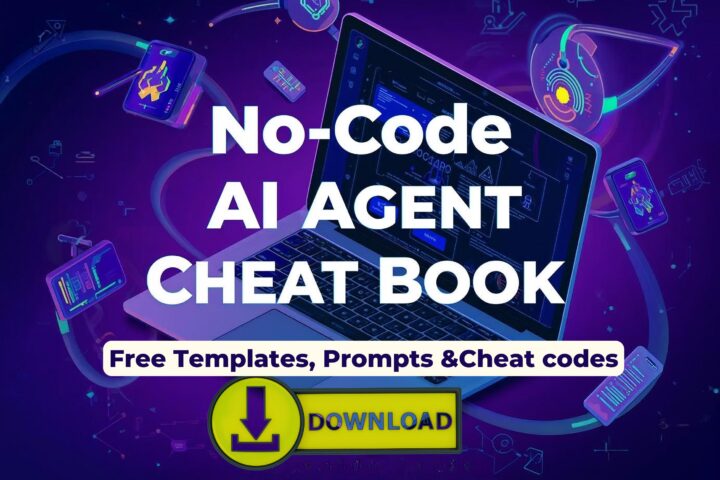It has become extremely difficult to stay ahead of the competition in today’s business climate. It is even impossible without some edge in your operations. One way to gain an advantage over your competitors in the fleet industry is by staying up to date with the technology that makes your work easier and streamlined.
Leading commercial fleet insurance companies like Rideshur are constantly looking for innovative and creative solutions for most, if not all, your fleet needs. One of these solutions is fleet management software; this software helps optimize your fleet’s operation, as well as your bottom line.
But with so many different software available, how do you know which one to choose?
A hassle-free interface
The last thing you want to worry about when managing your fleet is how complicated it is to input information.
Whether you’re using paper forms or a piece of software, make sure whatever you’re using will help make your job easier.
Try running through common scenarios to see how intuitive it is. Software with many redundant steps or items that aren’t clear in context may mean more work for you down the line.
Ensure that you can input data easily, and it looks nice too; if it’s difficult and ugly, no one will want to use it, and they won’t report data consistently either!
Works with other vehicle fleet management systems
It’s important to make sure your fleet management software works with other systems. For example, if you’re using another company for GPS tracking or dispatching. You need to know whether that vendor’s system will work with your new fleet management software.
It could be costly and time-consuming to switch vendors. So make sure you understand what systems your software can integrate with before purchasing. Remember that it doesn’t always have to be an all-or-nothing situation; many different options can integrate with other products on a small scale.
Ability to connect with 3rd party software (Quickbooks, Google Maps, etc.)
One of your primary goals is probably to save money. That’s not going to happen if you buy an in-house fleet management software solution that doesn’t integrate with other software. This includes accounting and mapping software.
Connectivity with 3rd party software can help you cut costs on things like monthly fees. It does this by removing your business from being dependent on a SaaS (Software as a Service) provider.
That being said, be sure to ask about app integrations when looking at in-house fleet management solutions as well. A quality vendor will let you connect their system with your existing tools so you can make it even more efficient.
Regular updates and upgrades
One of your most important features as a fleet manager is tracking maintenance records and driver data for each of your vehicles.
With outdated software, you’ll spend extra time manually entering each record into an Excel spreadsheet that never quite seems to match up with what you have on your computer system.
To avoid spending hours fixing any discrepancies, look for a fleet management software provider that gives regular updates and upgrades; in fact, making sure they offer software-as-service (SaaS) or updated platform versions are both good signs. You can use iCompario to search a large range of products including software and service providers for your business.









